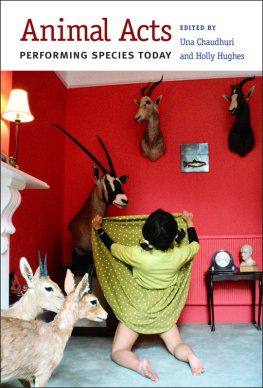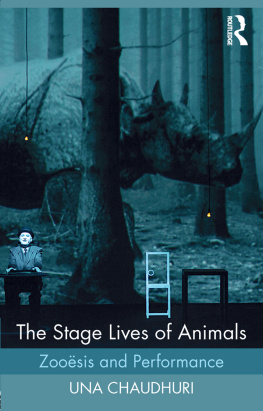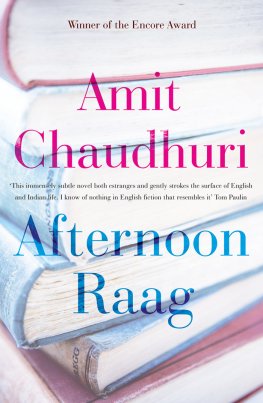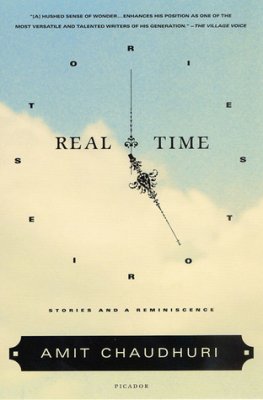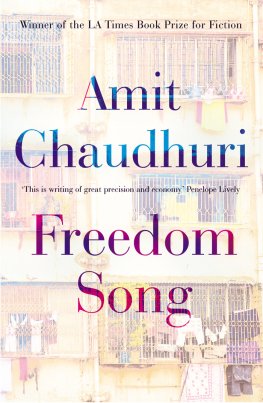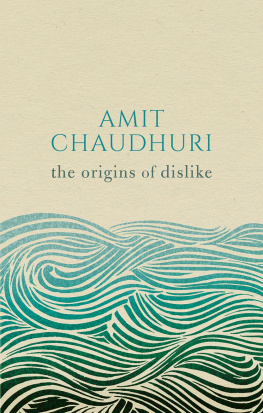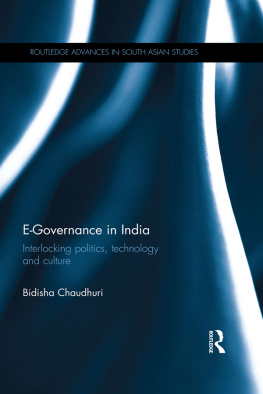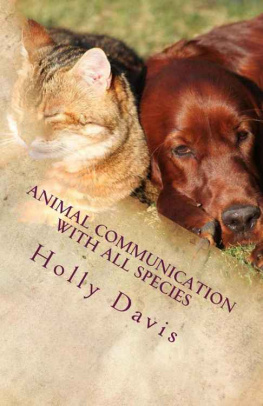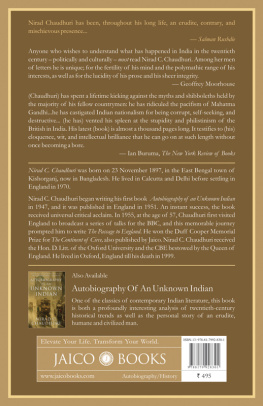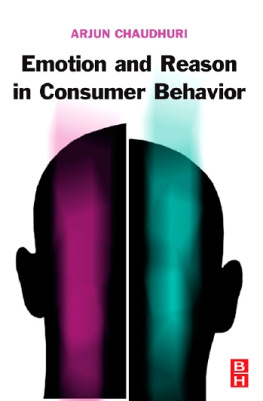Una Chaudhuri - Animal Acts: Performing Species Today
Here you can read online Una Chaudhuri - Animal Acts: Performing Species Today full text of the book (entire story) in english for free. Download pdf and epub, get meaning, cover and reviews about this ebook. year: 2018, publisher: The University of Michigan Press, genre: Detective and thriller. Description of the work, (preface) as well as reviews are available. Best literature library LitArk.com created for fans of good reading and offers a wide selection of genres:
Romance novel
Science fiction
Adventure
Detective
Science
History
Home and family
Prose
Art
Politics
Computer
Non-fiction
Religion
Business
Children
Humor
Choose a favorite category and find really read worthwhile books. Enjoy immersion in the world of imagination, feel the emotions of the characters or learn something new for yourself, make an fascinating discovery.
- Book:Animal Acts: Performing Species Today
- Author:
- Publisher:The University of Michigan Press
- Genre:
- Year:2018
- Rating:3 / 5
- Favourites:Add to favourites
- Your mark:
- 60
- 1
- 2
- 3
- 4
- 5
Animal Acts: Performing Species Today: summary, description and annotation
We offer to read an annotation, description, summary or preface (depends on what the author of the book "Animal Acts: Performing Species Today" wrote himself). If you haven't found the necessary information about the book — write in the comments, we will try to find it.
Animal Acts: Performing Species Today — read online for free the complete book (whole text) full work
Below is the text of the book, divided by pages. System saving the place of the last page read, allows you to conveniently read the book "Animal Acts: Performing Species Today" online for free, without having to search again every time where you left off. Put a bookmark, and you can go to the page where you finished reading at any time.
Font size:
Interval:
Bookmark:
 Page i Page ii
Page i Page ii CRITICAL PERFORMANCES
Presenting key texts by contemporary theater and performance artists along with illuminating commentary by leading critics
Series Editors: Una Chaudhuri and Robert Vorlicky
Founding Editors: Lynda Hart and Paul Heritage
TITLES IN THE SERIES
FROM THE UNIVERSITY OF MICHIGAN PRESS
Animal Acts: Performing Species Today
edited by Una Chaudhuri and Holly Hughes
The Myopia and Other Plays by David Greenspan
by David Greenspan, edited by Marc Robinson
The Reverend Billy Project: From Rehearsal Hall to Super Mall with the Church of Life After Shopping
by Savitri D and Bill Talen, edited by Alisa Solomon
Say Word!: Voices from Hip Hop Theater
edited by Daniel Banks
Sex, Drag, and Male Roles: Investigating Gender as Performance
by Diane Torr and Stephen Bottoms
From Inner Worlds to Outer Space: The Multimedia Performances of Dan Kwong
edited by Robert Vorlicky
FROM CONTINUUM PUBLISHERS
Of All the Nerve: Deb Margolin Solo
edited by Lynda Hart
Hardcore from the Heart: The Pleasures, Profits, and Politics of Sex in Performance
by Annie Sprinkle, edited by Gabrielle Cody
Rachel's Brain and Other Storms: The Performance Scripts of Rachel Rosenthal
edited by Una Chaudhuri
The University of Michigan Press
ANN ARBOR
Copyright by the University of Michigan 2014
All rights reserved
This book may not be reproduced, in whole or in part, including illustrations, in any form (beyond that copying permitted by Sections 107 and 108 of the U.S. Copyright Law and except by reviewers for the public press), without written permission from the publisher.
Published in the United States of America by The University of Michigan Press
Manufactured in the United States of America Printed on acid-free paper
Printed on acid-free paper
2017 2016 2015 2014 4 3 2 1
A CIP catalog record for this book is available from the British Library.
Library of Congress Cataloging-in-Publication Data
Animal acts : performing species today / edited by Una Chaudhuri and Holly Hughes.
pages cm.(Critical performances)
ISBN 978-0-472-07199-9 (hardback)
ISBN 978-0-472-05199-1 (paper)
ISBN 978-0-472-02953-2 (e-book)
1. Animals in the performing arts. 2. Animal behavior. I. Chaudhuri, Una, 1951 editor of compilation. II. Hughes, Holly, 1955 March 10 editor of compilation.
PN1590.A54A55 2013
791.8023dc23
2013040292
Page vAh, whom can we ever turn to in our need?
Not angels, not humans, and already the knowing animals are aware
that we are not really at home in our interpreted world.
Fling the emptiness out of your arms into the spaces we breathe;
perhaps the birds will feel the expanded air with more passionate flying.
RAINER MARIA RILKE, DUINO ELEGIES

For my father, Wazirzada Sardar Baljit Singh,
and for my friend Fritz Ertl:
birder brothers across continents and centuries.
UNA CHAUDHURI
and
For the many canines and felines
with whom I've shared my life, and for the humans who've helped our
multispecies household thrive. Thank you, Frankie Joiris, Raissa Hinman,
Denise Tarby, and of course Esther Newton.
HOLLY HUGHES
Page vi Page vii- Page viii
by Una Chaudhuri
Things are moving fast in the human-animal world. So much so that an upgrade seems warranted on my earlier take on it, or rather my take on that part of it that intersects with the world of performance, theatre, and performance studies. Version 1.0 of this bulletin appeared in American Theatre magazine a few years ago, and the double meaning lurking in its title has proved to be prophetic. The interspecies performances that are going on in our changing times, both onstage and off, are also good for producing change, not only in the ways we live with animals and the ways we think about them but also by transforming our values more broadly, resetting our priorities, rebooting our sense of what it might mean to be human: animal acts, in short, are a powerful way to change the world.
In the past few years, a spate of conferences, scholarly monographs, critical anthologies, book series, college courses, new journals, and special issues of journals have variously registered the animal turn in the humanities and social sciences. This academic burgeoning reflects a rapidly dawning animal consciousness in the culture at large, recorded in countless recent works of fiction, art, film, and popular culture. The impetus for this heightened attention to animals (or, as we've now learned to say: to the other animals) is, of course, varied and complex, but its link to both the animal rights movement and to the accelerating environmental crisis of our times is undeniable. The former, a centuries-old discourse whose current and extremely forceful phase was launched by the publication, in 1975, of Peter Singer's Animal Liberation, has reached deep into both social and legal practice, transforming the fields of scientific animal experimentation and animal farming. Numerous horrifying exposs of the latter have resulted not only Page 2 in major changes in the way so-called food animals are raised and killed but also in a growing army of vegetarians, silently performing a daily refusal of meat culture. While no one working on behalf of animals feels the end of animal exploitation is near, many of us have come to hope that it is possible.
In recent decades, attention to the plight of the other animals has come from a source that tends to be more compelling for most people than concern about animal suffering: human self-preservation. The increasing ravages of climate change have registered most dramatically on certain animal species, including, for example, one of the most beloved of the charismatic mega-fauna (a phrase from zoo jargon) who are responsible for bringing in the big Sunday crowds: the polar bear. As the forlorn gazes of these and other poster animals of climate-change-extinction peer at us from Time magazine covers and Times Square billboards, we begin to acknowledge what we've always known and also carefully not-known:
As ecological thought itself moves into a sophisticated new phase, eschewing the conceptually crippling binariesespecially the one that so disastrously divided nature from culture, making the one into a distant spectacle or recreational escape and the latter into a thing of pure, unconstrained artificethe cultural conception of species is being transformed as well.are now roaming across the vast territories of sameness and difference that make each one unique while each one is also multiply enmeshed in the web of all planetary life.
Be it in the work of animal rights, in the texts of animal studies, in the myriad animal practices found in every human culture, or in the vast field of animal representation, animal acts of all kinds are changing us, are changing our times, and will change the future of our species. The performances and commentaries in this book invoke all these realms while also contributing to them. They reveal the shaping force of animal discourse in every significant cultural category: gender, class, race, nation, age, profession, sexual orientation, marital status, and, of course, species. Their scope Page 3 and extension tempt me to resort to one of the characteristic methodologies of traditional natural history: the taxonomy. I am tempted, for example, to identify the many ways that
Next pageFont size:
Interval:
Bookmark:
Similar books «Animal Acts: Performing Species Today»
Look at similar books to Animal Acts: Performing Species Today. We have selected literature similar in name and meaning in the hope of providing readers with more options to find new, interesting, not yet read works.
Discussion, reviews of the book Animal Acts: Performing Species Today and just readers' own opinions. Leave your comments, write what you think about the work, its meaning or the main characters. Specify what exactly you liked and what you didn't like, and why you think so.

